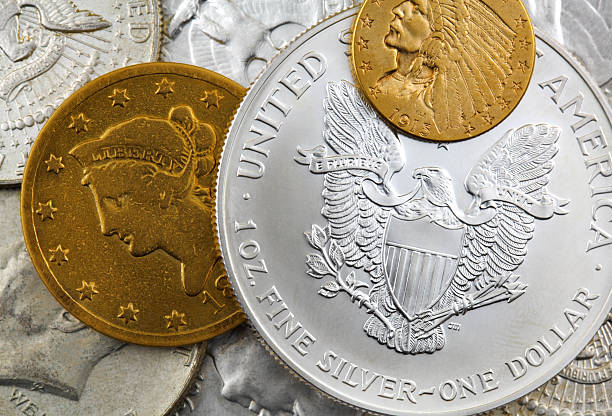Although hailed as a captivating portrayal of the ethical dilemmas going through Allied POWs held captive by the Japanese in World War II, "The Bridge on the River Kwai" (1957) was seen as a slap in the face to 1 esteemed, actual-life British officer. Director pa006.samplekorea.com and actor Mel Gibson's portrayal of Scotland's hero William Wallace mesmerized audiences and received the film 5 Oscars. Something about this system should carry some resonance with American audiences. Interestingly, "The Far Horizons" (1955) does something very similar to "Pocahontas." It tries to create this tension between a native American lady and a white explorer, both of whom are nicely-identified in U.S. Not only that, however the film depicts Custer turning to alcohol in 1865, when in reality he swore off the stuff after an embarrassing incident in 1862. Modern viewers take concern with the movie's stereotypical, one-dimensional depiction of Native Americans as effectively, notably Chief Crazy Horse, gold the Lakota Sioux struggle chief. The movie depicts villainous enterprise males mendacity concerning the presence of gold in the Black Hills to oust the tribes residing there; in reality, there was gold on this region. Although it may be true, as Smith later stated, that Pocahontas intervened to save lots of his life, she was only 10 or 11 years previous when she made the gesture - the film depicts them each as adults.
 Here's where the story takes a turn which will maintain the 1421 idea's standing as debatable for years to come back. Were this film not directed towards youngsters (who are less likely to know the actual story), it might perhaps be dismissed as harmless historic fiction. But because it portrays actual historical figures, critics complain that "Pocahontas" easily misleads children and interferes with the occasions they'll later study. Those that knew the actual story objected that it tainted Toosey's honorable status. The story reaches its climax when Pocahontas throws herself on Smith to save lots of his life.S. This occurred in 1995, when Disney launched its personal version of the Pocahontas story. When "Braveheart" got here out in 1995, it was an instant success. Errors of omission significantly incense critics, resembling how Stone disregarded the truth that Garrison's key testimony was brought on by drugging and hypnosis. But controversy actually ignited in 1991 when Oliver Stone released the movie "JFK," which posits that one fringe theory surrounding the homicide is truth and follows New Orleans district attorney Jim Garrison as he investigates it.
Here's where the story takes a turn which will maintain the 1421 idea's standing as debatable for years to come back. Were this film not directed towards youngsters (who are less likely to know the actual story), it might perhaps be dismissed as harmless historic fiction. But because it portrays actual historical figures, critics complain that "Pocahontas" easily misleads children and interferes with the occasions they'll later study. Those that knew the actual story objected that it tainted Toosey's honorable status. The story reaches its climax when Pocahontas throws herself on Smith to save lots of his life.S. This occurred in 1995, when Disney launched its personal version of the Pocahontas story. When "Braveheart" got here out in 1995, it was an instant success. Errors of omission significantly incense critics, resembling how Stone disregarded the truth that Garrison's key testimony was brought on by drugging and hypnosis. But controversy actually ignited in 1991 when Oliver Stone released the movie "JFK," which posits that one fringe theory surrounding the homicide is truth and follows New Orleans district attorney Jim Garrison as he investigates it.
This is even though Maximus (the principle character portrayed by Russell Crowe) is fictional. The film centers across the character of British commander Col. The film centers on the famous expedition of Meriwether Lewis and William Clark, who were despatched by President Thomas Jefferson to explore the Louisiana Territory for the United States. Within the film, Sacagawea and Clark fall in love while traversing hostile territory and battling the jealous villain Toussaint Charbonneau. If you are at all accustomed to the story, you know that alongside the best way, they encountered a really helpful woman from the Shoshone tribe named Sacagawea. Individuals are often surprised to learn the way little historians find out about essentially the most celebrated playwright of the English language, William Shakespeare. She proved extraordinarily helpful to the celebration however never - so far as historians know - made a move on William Clark. Historians discover this conjecture about Wallace and Isabella a bit of hard to swallow on condition that, on the time the movie is ready, Isabella was a baby. Against all odds, Wallace commands a stunning victory in opposition to the English in the Battle of Stirling Bridge. Nicholson arrives in a Japanese POW camp, where the Japanese are forcing the males to construct a bridge that might be instrumental of their army ways.
Much to the surprise of his fellow officers and to the delight of the Japanese commander, Nicholson seeks to improve his men's morale by forcing them to build a stable, price; gorillasocialwork.com, nicely-constructed bridge. Not till the dramatic end does the obsessive Nicholson recognize the folly of assisting the enemy in warfare and destroy the bridge. His admirers claim he did the perfect he may to keep his men secure whereas not giving aid to the enemy. Filmmakers often admit their lapses in historic correctness however claim to have captured the spirit of the reality. Other instances, filmmakers want to make a degree a couple of modern challenge or ignite wartime patriotism by invoking analogous occasions of the previous, even if meaning bending particulars. The filmmakers completely fabricated the concept love blossomed between them, and historians dismiss this concept out of hand. We've gathered 10 movies that many historians find insufferable and others simply find laughable.